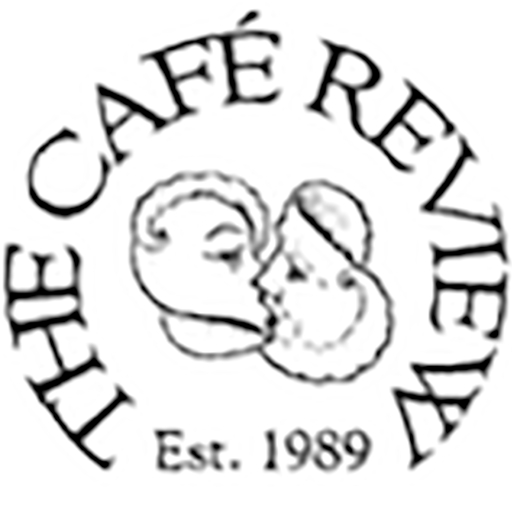City of Dogs
by Bruce Willard
If I was born here, mid-century,
between sun-blistered walls,
after the war and chill layers
of excess that became the heat of hope,
if I was here when the sun rose
from the white star of the night,
when the viscous smell of bananas
and burnt sugar lifts from rain-glazed streets
to iron balconies with their nests
of wires and birds of cracked plaster,
I would still be six.
Six with the sleeping dogs,
in their doorways of burnished wood
and stairs that turn six times,
one for each decade since the Revolution.
Six at first light when the breeze
remembers the day before,
and the Caribbean, salty,
reconstitutes itself from clouds.
Six with the birds of San Juan de Dias
sleeping in the jacaranda trees,
waiting for the sun
to open purple blooms.
Six with the chime of the wall clock
across Calle Emperdrado with its produce
market and dance hall and Chevy BelAirs
that transport riders forward and back.
Six with the dogs of Parque Centrale
scratching their bristly necks, licking
the balls of the day, homeless
and confident, with a nose for memory.
Nelson, videographer at the FAC gallery,
shows a 109-minute film that advances and retreats.
Its soundtrack is the Cuban National Anthem—
3 minutes, 20 seconds of triumph—
stretched the length of its screening,
voice rumbling like a volcano, seismic,
demanding to be heard again.
It’s what makes us feel
like we’re traveling forward by looking back
that moves us to conscience.
Face to the wind, bow to the tide or current,
we ferry across the surge.
If we are lucky, we survive
the flood into which we were born.
I am six—a half a life in dog’s years.
We are sixty-six and there is no change.
We are made by what we re-live.
Revolutions. No beginning. No end.

